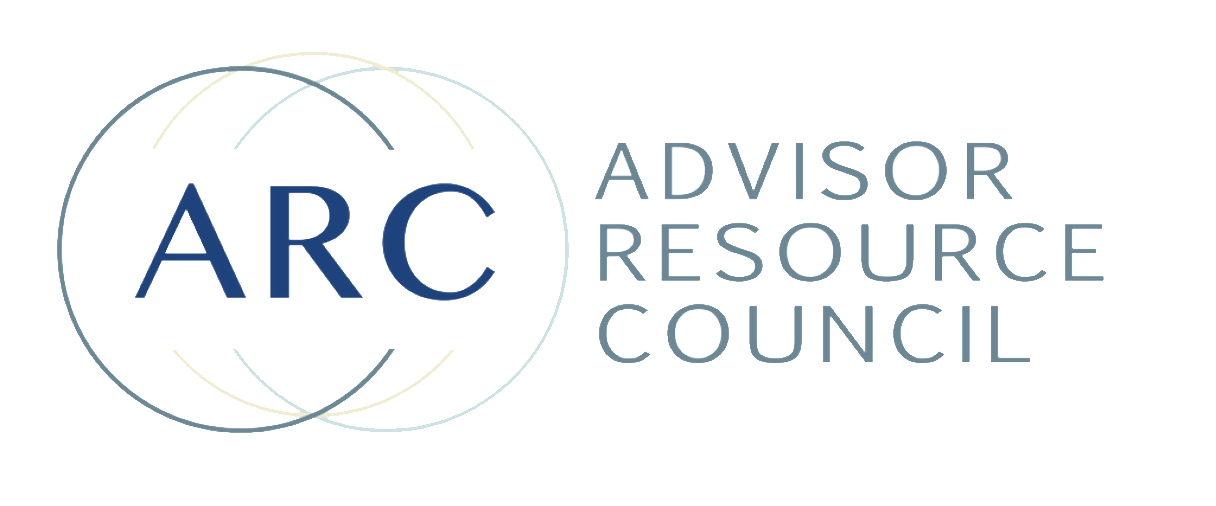The Truth About Payouts: What Financial Advisors Need to Know
Summary:
Many financial advisors boast high payout percentages, but what do those numbers really mean? In this article, John Andrews, Director of Business Growth at Advisor Resource Council and former wholesaler, breaks down the hidden costs behind payout structures, the importance of value-driven support, and how independent advisors can take control of their revenue. Discover what truly impacts your bottom line and learn how ARC helps advisors optimize profitability without sacrificing service.
If you’re a financial advisor, chances are you’ve heard it or even said it yourself: “I get a 90% payout.” After years in the industry—first as a wholesaler working with advisors across all business models, and now helping advisors grow at ARC—I can tell you that number doesn’t tell the whole story. In fact, your payout percentage might be one of the most misleading metrics in your business.
Let’s pull back the curtain.
Why Your Payout Isn't What You Think It Is
When advisors refer to their payout, they're often talking about their grid. Here’s the truth: your grid is not your payout. It doesn’t reflect the hidden costs that are quietly siphoning revenue from your practice—and those costs add up quickly.
One of the most common examples is the platform fee. Many broker-dealers or large firms skim off basis points from your revenue before it ever hits your grid. And they don't advertise it. It’s not until you compare your gross production to your actual revenue that you notice a gap. That discrepancy? It’s the platform fee—anywhere from 5 to over 20 basis points—and it’s the cost of simply being at your firm.
The Value Equation: What Are You Getting Back?
Let’s say your grid is 35-40%. You’re paying your firm a big cut, yet what are you getting in return? In many cases, the answer is: not enough.
Years ago, I did a side-by-side comparison for a mentor of mine who was considering going independent. He wanted an impartial view of what he was paying versus what he was getting. We accounted for real estate, staffing, tech, compliance, marketing—the full picture. What we found was staggering. He was giving up a huge slice of revenue to his current mothership and getting minimal support in return. Independence wasn’t just more profitable—it gave him control.
Hidden Costs to Watch For
When evaluating your current payout, think beyond the grid. Here are the four categories we often analyze with advisors:
- Fixed Costs – These are unavoidable: your custodian, tech stack, data security, etc.
- Operational Costs – Real estate and staffing top this list. If you’re in a low-cost area but paying as if you’re in Manhattan, you’re subsidizing someone else’s office. And how often do we hear, "We can’t keep good help"? That’s a staffing problem you’re still paying for.
- Optional Costs – Marketing, technology, and training that might be mandated by your firm. If you’re seeing the same LinkedIn post from 20 advisors, you’re not getting custom branding. You’re getting mass-produced mediocrity.
- Strategic Costs – These are the ones that either help you grow or keep you stuck. Are you investing in scalable, tailored solutions? Or are you locked into tools that don’t fit your practice?
What’s a Good Payout?
There’s no magic number. Every advisor’s book and needs are different. The right payout depends on where you are in your business, your goals, and the kind of support you actually need. The first step is doing a full analysis. Know what you're paying for and whether it serves you.
If your payout is low and your support is also lacking, that’s a red flag. Ironically, at many firms, the lower your grid, the less support you receive. That makes zero business sense.
Red Flags to Watch For
Beyond the numbers, advisors should be cautious about who owns their firm. If your BD is owned by a bank or private equity, understand their priorities. Banks think like banks. Private equity? They eventually want control of your book. If your firm is publicly traded, ask yourself if their priority is the shareholder or your client.
You Deserve More
At ARC, we’re different. Our advisor-centric, plug-and-play model lets you choose the support you actually need—from marketing to compliance to asset management—without subsidizing services you’ll never use. We believe in full transparency, personalized guidance, and direct access to leadership (myself included).
If you’re wondering whether your firm is delivering the value you deserve, let’s run the numbers together. My job is to help you get clear on what you’re giving up—and what you could be gaining.
Let’s stop accepting surface-level payout claims and start looking under the hood.
Ready to evaluate your real payout? Let’s talk. Set a
meeting with John Andrews.
Investment advice offered by Advisor Resource Council, a registered investment advisor.

